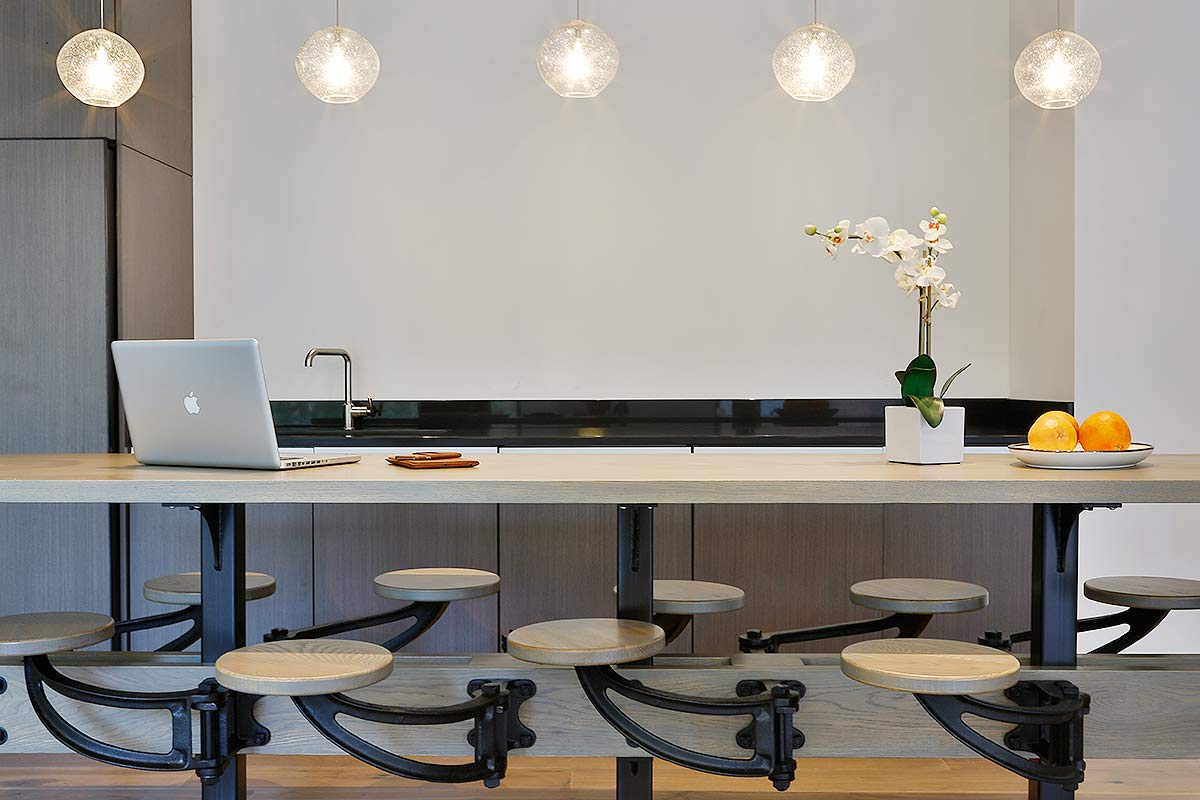Photography Composition | Five Ways to Improve
In a previous blog post, I talked about common types of perspective and how they can be used in photography. Perspective, however, is only a small part of composition. Composition is much broader and encompasses a wider range of elements in photography. Light, lines, shapes, colors, textures, patterns, and many more elements all contribute to the composition of a photograph. In this post, I want to give you a few helpful guidelines for improving your composition and creating more compelling images as you are taking photos around Roanoke.
Simplify the Scene
If you notice that your image appears cluttered and crowded try to simplify the scene by removing objects. Keeping a very basic scene will help draw attention to the focal point of the photo. Patterns are wonderful ways to simplify the scene, as are textures and silhouettes. Try to keep background distractions to a minimum and find a background which will compliment nicely with your subject. Usually, changing position will help control the objects that appear in the foreground and background.
Leading Lines and Diagonals in Photography
Leading lines are a great way to attract a viewers attention to the main subject. These leading lines also tie in with principles of perspective and create a strong three dimensional feel. Curved lines are also very common as a way to draw attention to a subject. Curved lines are less direct, but can still be very effective. Look for leading lines in the buildings whenever you are shooting photos in Downtown Roanoke. These can also be found in fences, walls, roads, or anything else that has a strong leading line or curve. Horizontal and vertical lines are very common, but adding diagonal lines will give a dramatic feeling to a photograph and create a sense of movement. Wide angle lenses are great for capturing diagonal lines because of the increased amount of perspective.
Rule of Thirds for Photography
If you’ve heard anything about composition, you’ve probably heard of the Rule of Thirds. The principle behind this is to avoid centering the subject in the middle of the image and instead to place the subject off-center. However, there are no hard rules about this visual composition. Just practice moving your subject away from the center and visually balancing a scene based off of instinct.
By placing your subject slightly off center, you will often leave extra space. This space can help create a sense of movement. Especially when taking action photos, leaving an empty space in front of a moving object creates a space into which the subject can move. This applies to portraits as well. If the subject is gazing in a certain direction, they need a space to gaze into. Otherwise, the photo will feel off balance. However, whether taking pictures of movement or portraits, don’t leave too much empty space because that could detract from the main subject of your image.
Photography Color
Color can be a great compositional element to add visual interest to your images. Using complementary colors or even combining bright and dark colors will add contrast. Try experimenting with color contrasts to create more appealing images when shooting around Roanoke. Find scenes with hues that compliment each other and practice framing these images in a way that utilizes the colors most effectively.
Break the Rules
Even though I’ve given you some basic compositional rules to follow, breaking these rules at times can create dramatic effects and add visual interest to your images. Practice breaking the rules on purpose to make a statement and add meaning. Changing the rules a little bit can even create different emotions and convey different ideas than you could if you always followed these guidelines. Overall, though, composition can be a very interesting and complex subject, but when used correctly will greatly improve your photography skills.


